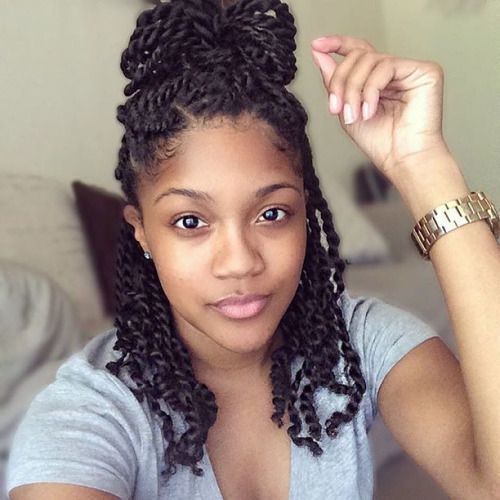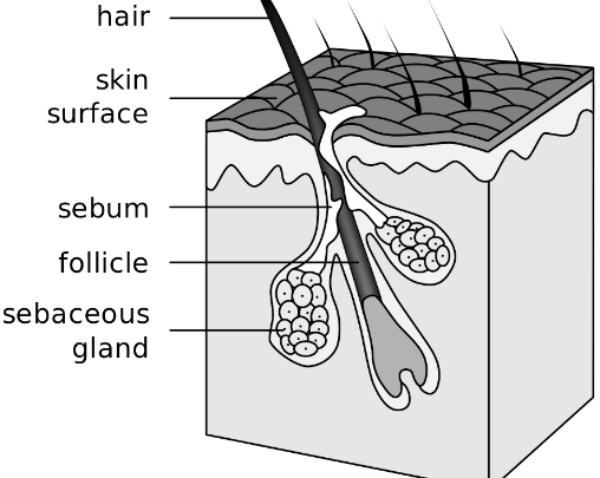What are Indian Hair Extensions?
Indian Hair Extensions – What you need to know
A woman’s hair is her crowning glory. So, if you’re into weaves, it makes sense to invest in good quality hair extensions that not only carry the style you want, but also last a long time. One of the top trenders right now is Indian virgin hair.
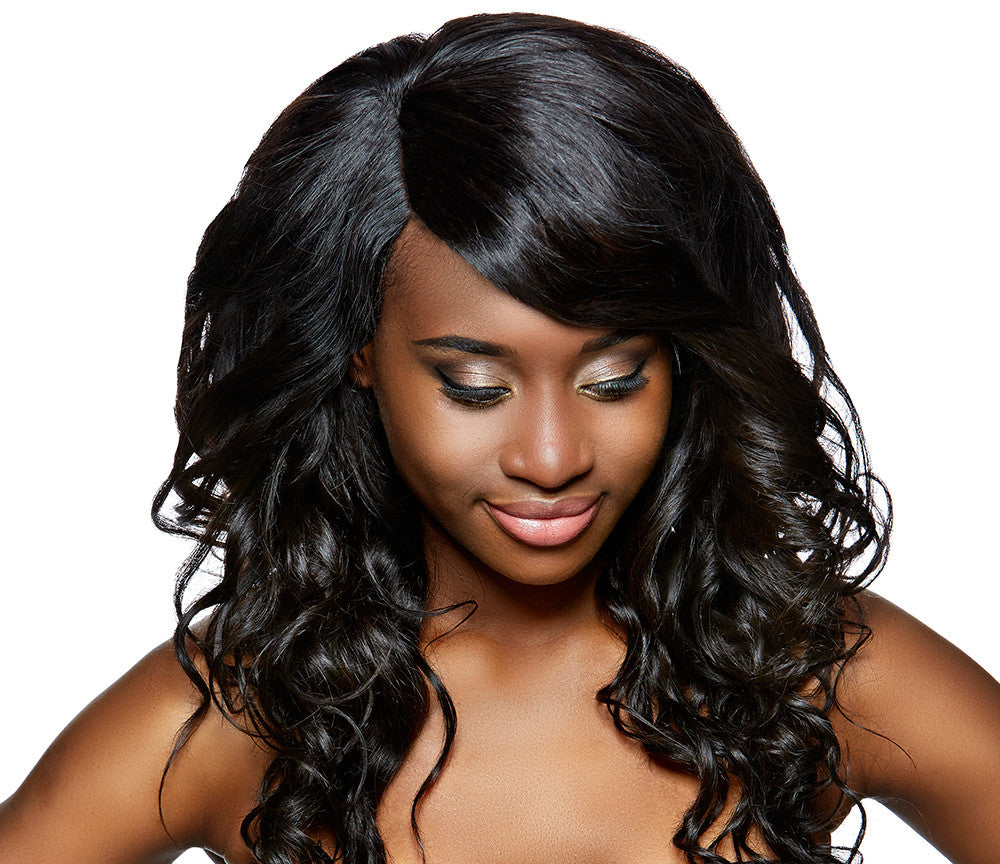
https://www.nicollesboutique.com/products/premium-indian-virgin-hair-extensions
What are Indian Hair Extensions
True Indian Virgin remy hair originates in India. Indian hair weave, also known as Indian Remy or Indian Full Cuticle Hair is Indian hair that’s harvested directly from the head of Indian women who donate their hair for religious reasons usually in temple. The hair is first put in a ponytail, then cut so that strands of hair don’t end up on the floor.
This methodical way of collecting the hair ensures that all of cuticles remain properly aligned. It’s this attention to alignment that produces the tangle-free quality that Indian hair is known for.
More and more women are choosing Indian virgin hair for it’s rich color and naturally silky texture.
Indian hair is right up there with Brazilian hair when it comes to quality and versatility. Indian virgin hair has key qualities that make it one of the top choices for hair extensions:
7 Key characteristics of Indian hair
- Quality – When it comes to quality, Indian hair is as good as Brazilian hair.
- Dark color – naturally dark, so blends well with many types of dark hair.
- Thickness – has fine to medium thickness, making it a very good match with most types of ethnic and caucasian hair textures.
- Versatile – Indian hair is extremely versatile due to its thickness and texture.
- Hair textures – In its natural state, has textures that vary from light wavy to deep curly.
- Manageability – Its ability to be flat ironed to a sleek and straight look, as well as its fullness and bounce, all combine to make Indian hair a favorite of hair extension wearers.
- Color – In spite of its naturally dark color, Indian hair can take on colored to blonde hair, and even lighter shades.
The only true Indian remy hair weave is the one from India.
8 Types of Indian Virgin Hair Extensions – Which one will meet your hairstyling needs?
Indian Deep Body Wave – also known as Indian Deep Wave – nice even wavy hair, with slightly tighter waves than the Indian Body Wave.

https://www.newstarvirginhair.com/best-indian-human-virgin-hair-extensions-deep-wave-pattern-weave
Indian Body Wave Human Virgin Hair Bundles – really tight curl pattern; pretty controlled ringlets; great luster and bounce that’s perfect for a natural, textured look.
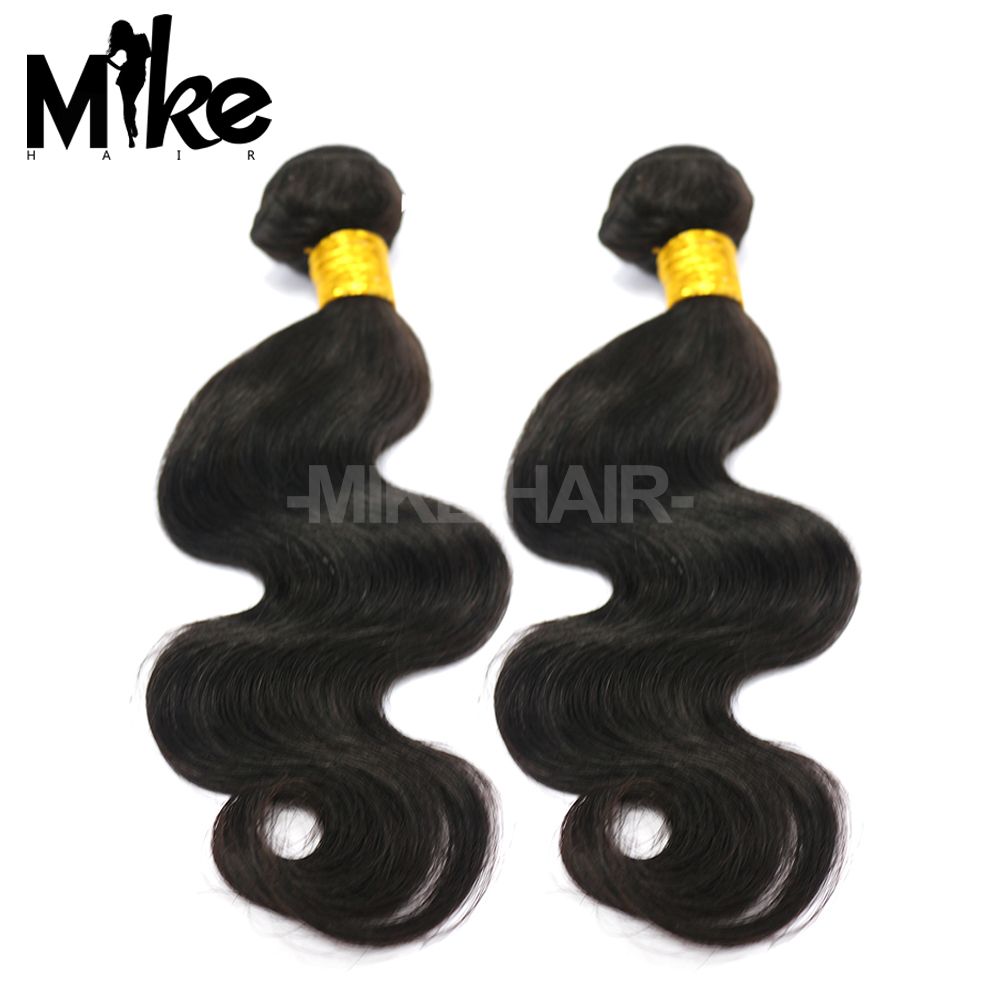
https://www.dhgate.com/product/5a-grade-virgin-hair-products-mix-length/379411388.html
Jerry Curly Virgin Indian Hair Bundles – a unique type of Indian curly hair not available with many other hair extension types – featuring jerry-curl-like tight curls that show strength and beautiful luster; deep rich color.
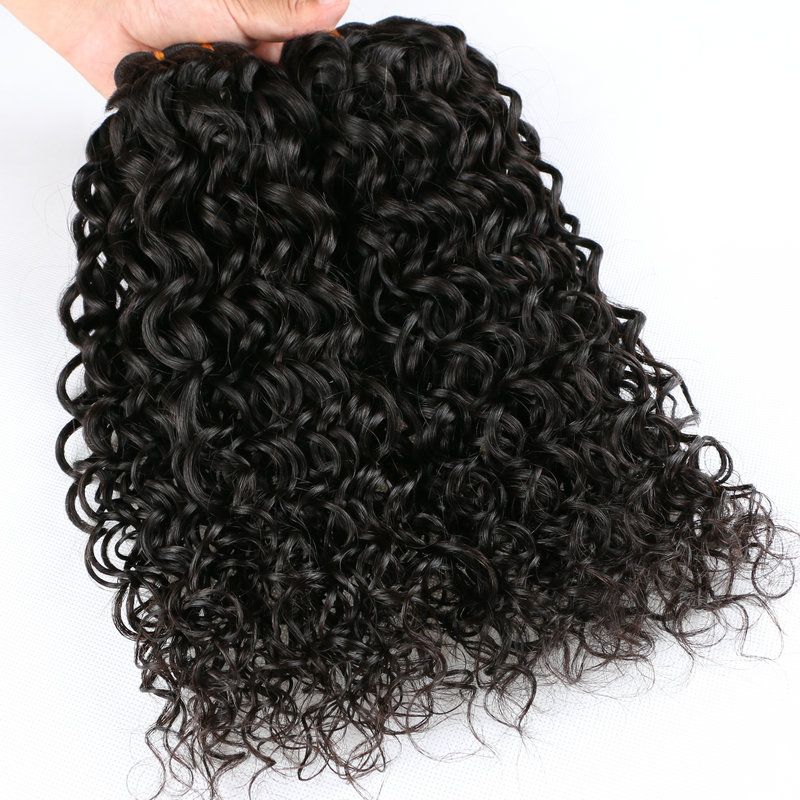
https://www.dhgate.com/product/afro-jerry-curly-weave-hair-extension-brazilian/254159710.html
Indian Virgin Hair Loose Wave Bundles – soft and glossy loose waves; natural curl pattern that holds curls neatly in tact.

https://www.unice.com/unice-4pcs-lot-indian-virgin-hair-loose-wave.html
Natural Wave Indian Virgin Hair Bundles – natural, with bounce and body; easy to curl; texture is finer than other hair extension types; has a natural wave pattern that can be worn curly or straight.

https://www.unice.com/unice-virgin-hair-natural-wave-4pcs-pack-human-hair-weft.html
Indian Virgin Straight Hair Bundles – hair is silky to touch and has a natural look and texture; can also be curled or made bone straight.
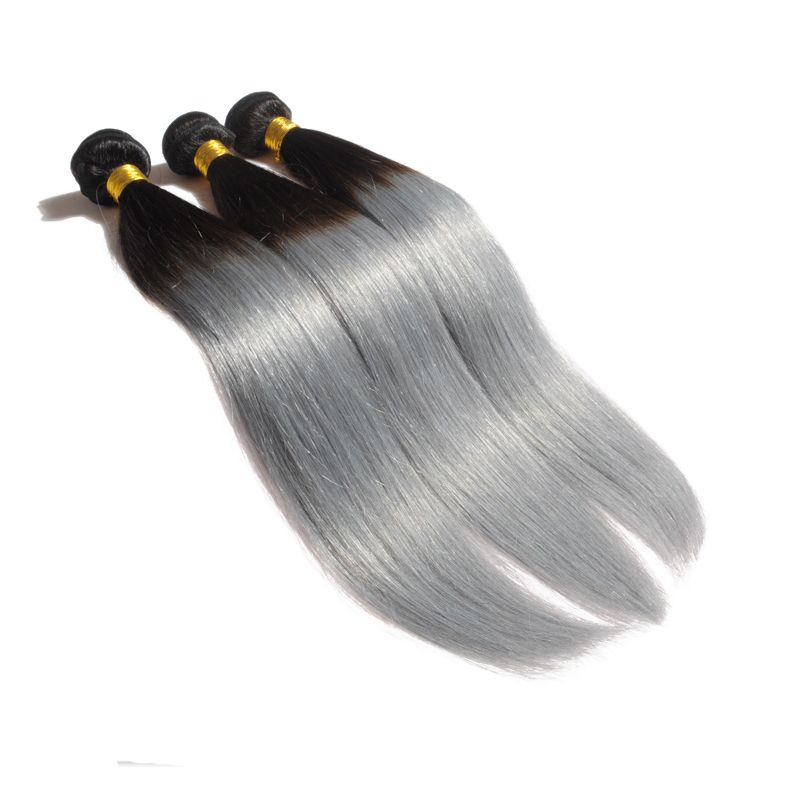
https://www.dhgate.com/product/hot-selling-virgin-indian-ombre-bundles-hair/373978416.html
Indian Virgin Water Wave Hair Bundles – full and dense; cascading “s” hair pattern; silky soft; natural dark color

https://www.aliskyhairproducts.com/water-wave-virgin-indian-curly-hair-human-hair-weave-weft-3-bundles-300g-unprocessed100-indian-human-hair-extensions-p810516.html
Raw Indian Virgin Hair Bundles – raw hair in its totally natural state; extremely thick and dense; can be colored.
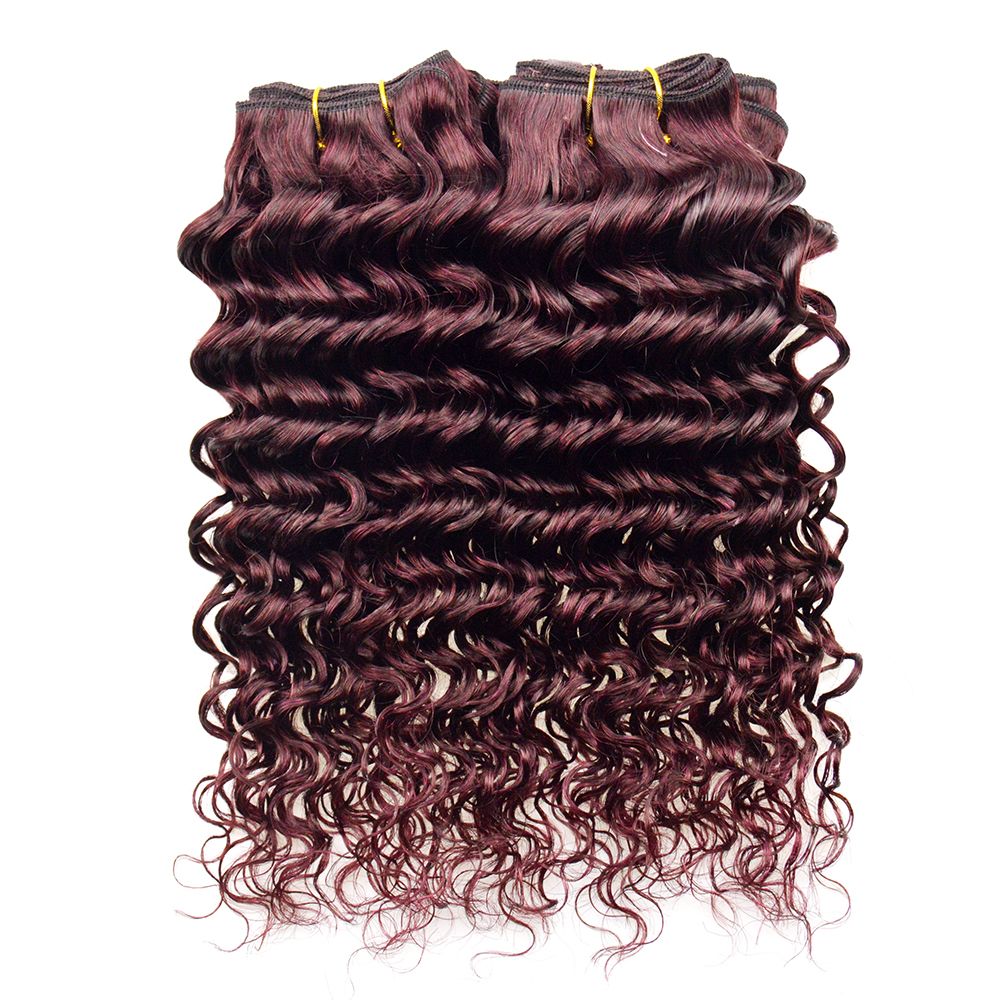
https://www.dhgate.com/product/grade-8a-raw-indian-virgin-hair-4-bundles/398277494.html
How To Install Indian Virgin Hair From a Hand-Tied Weft
Installing your Indian hair extensions properly, is key. Watch this quick video that breaks it down:
It can be tough to figure out what type of extension is right for you when you’re looking at weaves in a package. We get that, So we’ve pulled together 8 looks to help you visualize the possibilities.
Indian Deep Body Wave – Helps enhance your movie star look.

https://www.wowebony.com/lace-front-wigs-indian-remy-hair-deep-body-wave-lfw097.html
Indian Body Wave – Perfect to help you achieve a well-groomed appearance, making you look picture-perfect with flawless makeup.

https://www.rpghair.com/150-density-360-lace-frontal-wigs-body-wave-indian-remy-human-hair.html
Jerry Curly Virgin Indian Hair Bundles – For the fun-loving woman with a bubbly bubbly personality; jerry curly completes your look, getting it just right.

https://www.amazon.com/Moisture-Remy-Rain-Indian-Weave/dp/B00CHS1U4S?th=1
Indian Virgin Hair Loose Wave Bundles – Great for the young woman aiming for a well-kept, casual look.

http://hairbundlesnyc.com/index.php/product/loose-wave-bundles/
Natural Wave Indian Virgin Hair – when the goal is clean, youthful, natural-looking simplicity – Natural wave is the way to go.

https://www.sunnyshair.com/products/natural-wave-virgin-indian-hair
Indian Virgin Straight Hair – unbeatable glam appeal is what you end up with when clothes and makeup submit to beautiful virgin straight hair.
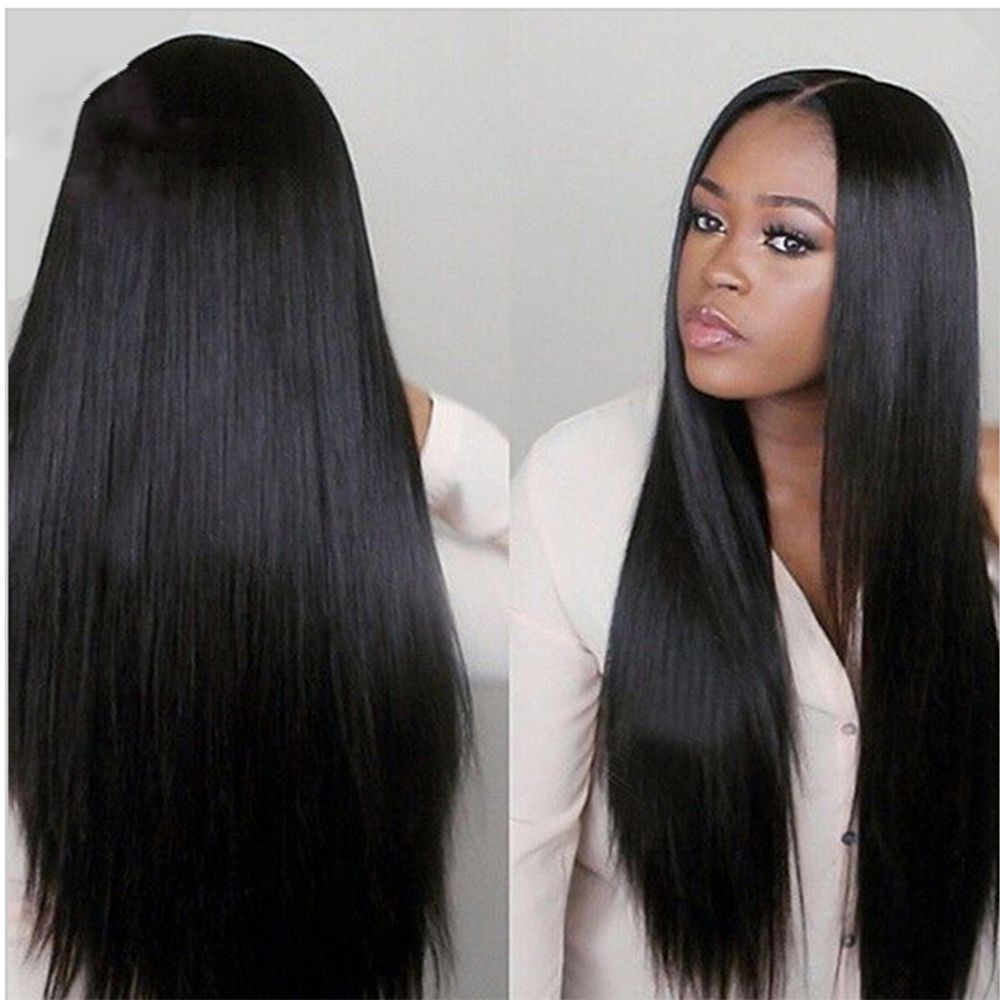
https://www.dhgate.com/product/6a-women-hair-products-indian-virgin-hair/260527320.html
Indian Virgin Water Wave Hair – also a good choice for a natural look; great for the younger woman wanting to look stylish, without aging.

https://www.aliexpress.com/item/MS-Here-Indian-virgin-hair-bundles-wet-wavy-3-pcs-Indian-remy-wet-wavy-hair-amazing/32686066390.html
Raw Indian Virgin Hair – Perfect for the woman with the skin and facial structure to pull this off. When natural fullness, density and bounce are top priorities, raw Indian is just great.

https://www.youtube.com/watch?v=m_6bcaKr74o
Indian Virgin Hair: Q & A
Q: What is Indian Remy Hair?
Remy hair, is hair in which the upper and lower tips are retained in their natural state. This way, the cuticles of each strand align in the same direction, making the hair silky smooth and tangle-free.
Q: Can Indian virgin hair be bleached?
Absolutely. You can also cut and curl it however you want, just as you would natural hair.
Q: Do “raw” and “virgin”mean the same?
No. Virgin hair has been steamed, which changes the hair pattern. Raw hair is means no steam or chemical processing have been applied.
Q. Who invented hair extensions?
They were invented by Christina Jenkins, an American hairdresser.
How To Care For Your Indian Weave
As with all natural hair, proper care of your Indian hair is important if you want to get the best results. Here some tips to keep your locks in tip-top shape:
- Wash and condition at least once every week, and particularly after swimming or exercise.
- Avoid excessive use of leave-in conditioners, as they cause build up and tangles.
- To protect your extensions, braid your hair into big braids before going to bed.
- Never go to bed with wet hair, as your hair is most vulnerable when wet..
- Brush your hair daily, beginning from the ends, and move up.
Due to its density, deep color, and quality, Indian virgin hair is one of your best options if you’re trying to decide on a weave type. Not only does it have great texture, but it’s also versatile enough to carry limitless styles, and works well with the hair type of most ethnicities.
To help you learn more about the weave, as well as the types of virgin hair extensions that you can choose from, catch us on Hair Talk, and read the other articles in our series on hair extensions: Brazilian, Peruvian, Malaysian, and Eurasian hair extensions.
Have your tried Indian Hair extensions? We’d love you to share your experiences in the comment section below.










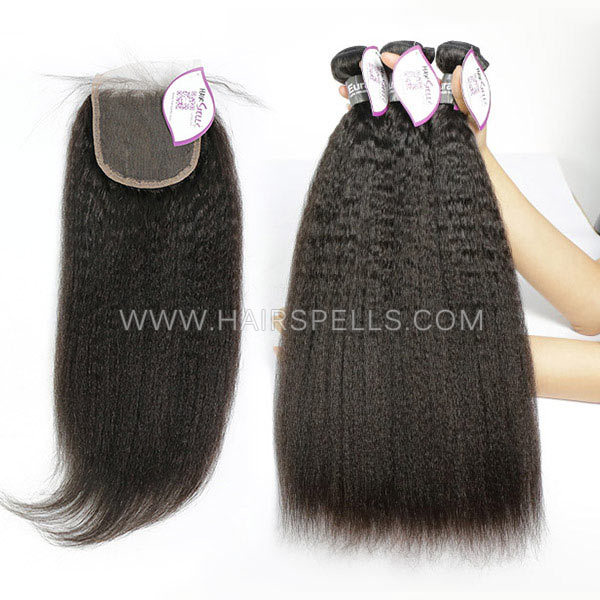

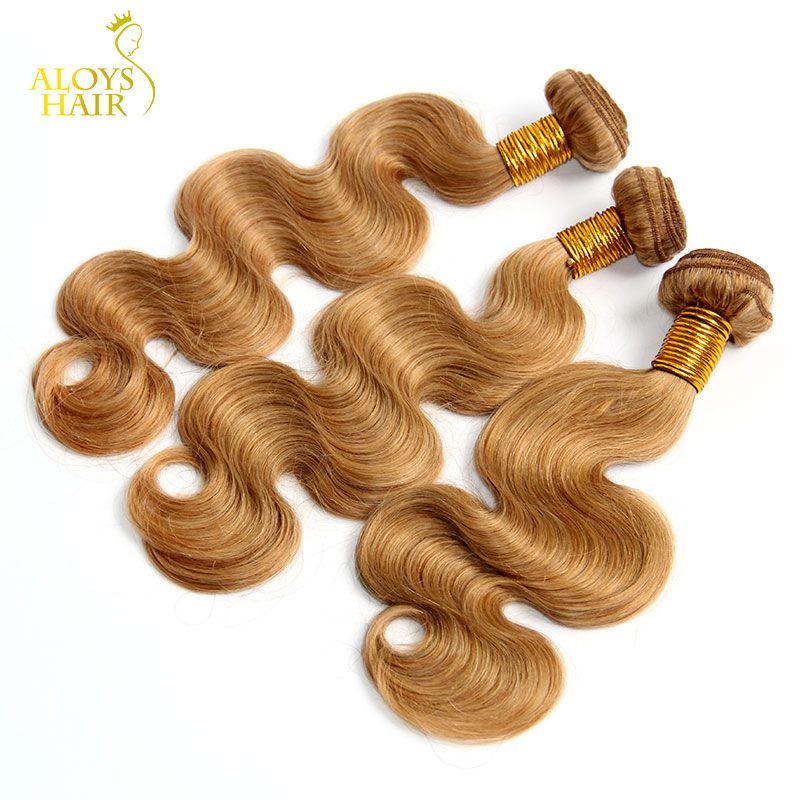










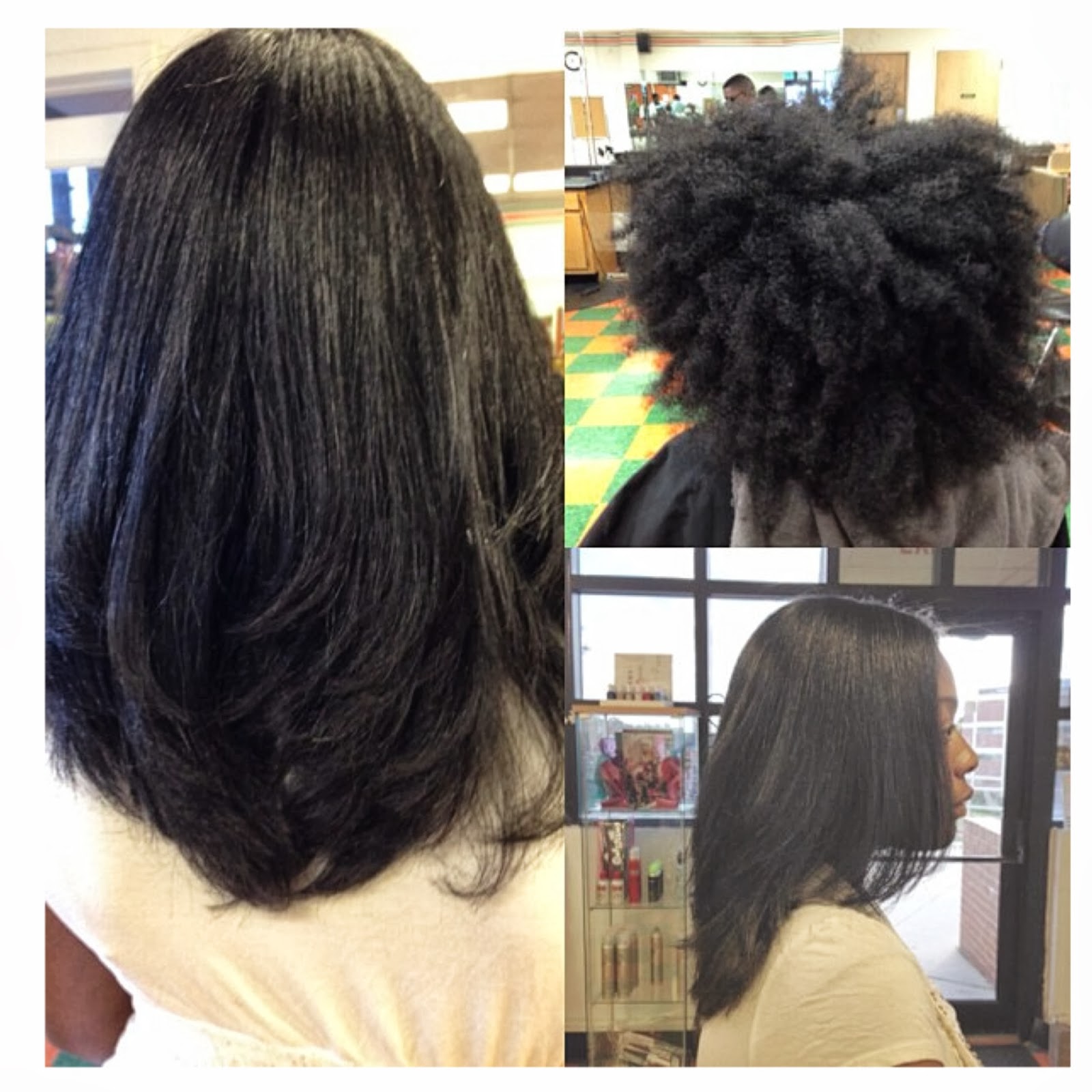



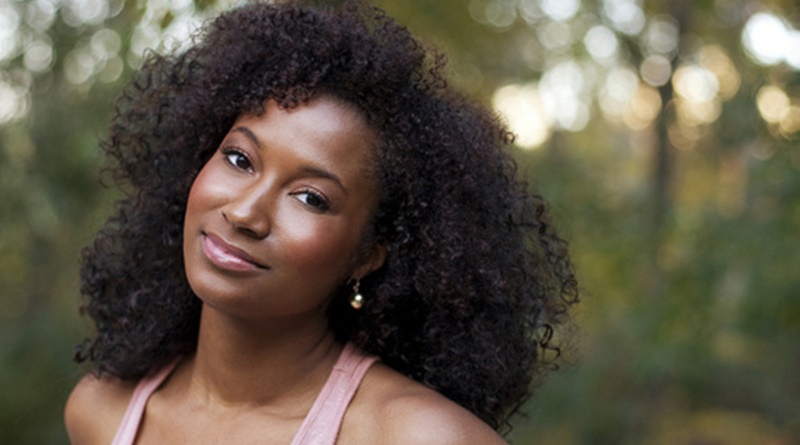
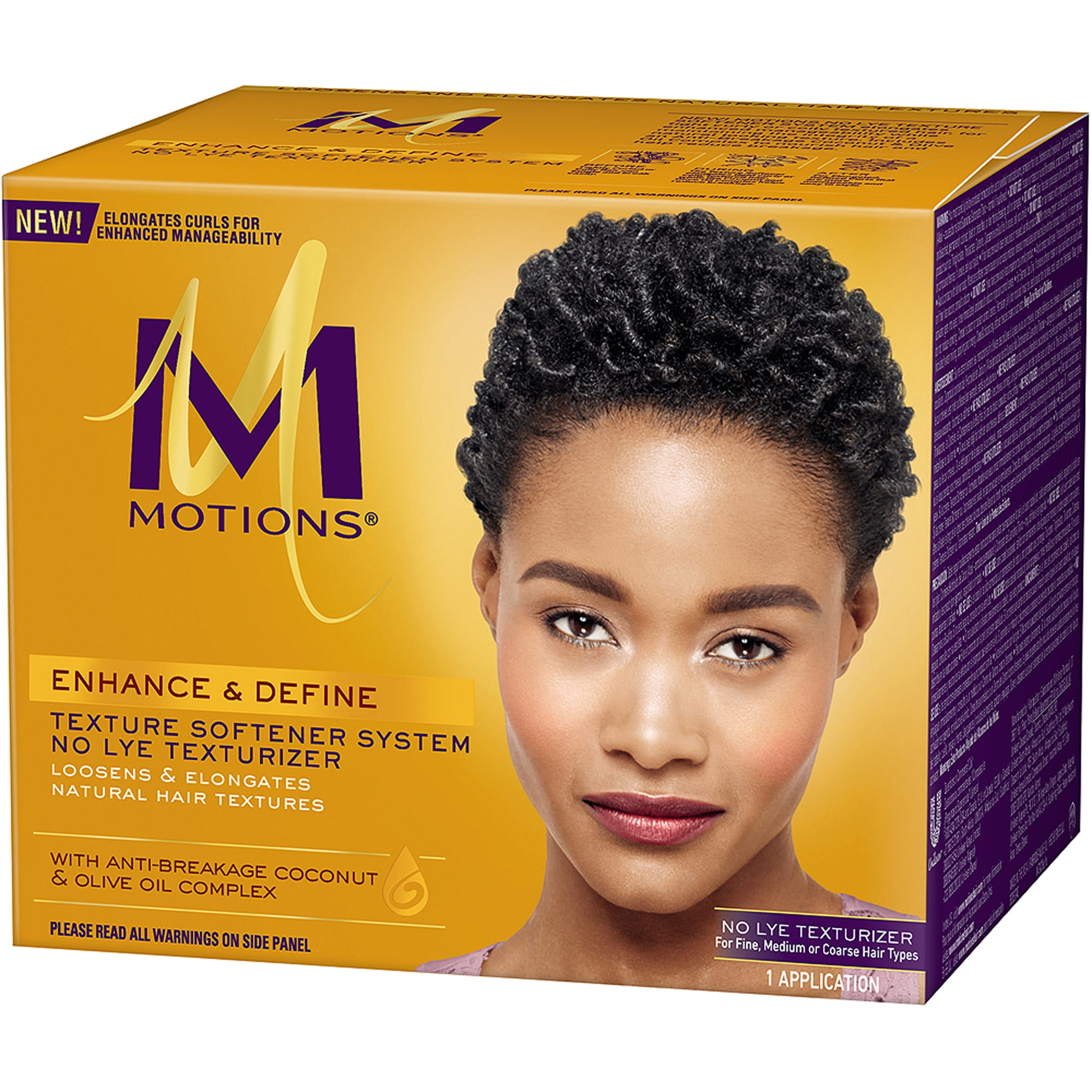






















































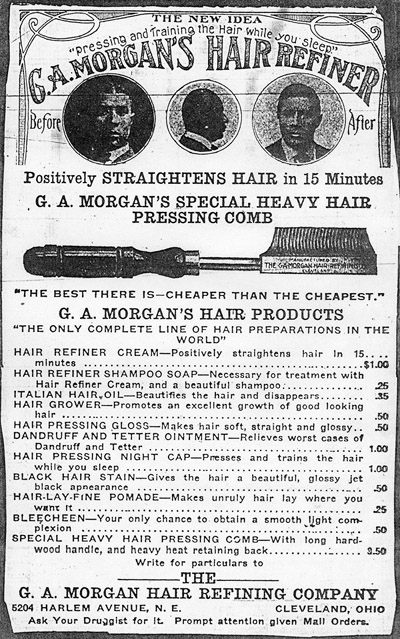
 These hair styling practices cause the protective layer of our strands to be compromised. The initial phases of relaxing start out with a healthy cuticle that has all its shingles fully present, laying down nicely and reflecting light for a nice sheen. As time passes, the cuticle and the inner hair shaft become damaged, because hair cuticle shingles are missing, allowing the inner core of the hair shaft to absorb more harsh chemicals and lose moisture.
These hair styling practices cause the protective layer of our strands to be compromised. The initial phases of relaxing start out with a healthy cuticle that has all its shingles fully present, laying down nicely and reflecting light for a nice sheen. As time passes, the cuticle and the inner hair shaft become damaged, because hair cuticle shingles are missing, allowing the inner core of the hair shaft to absorb more harsh chemicals and lose moisture.

